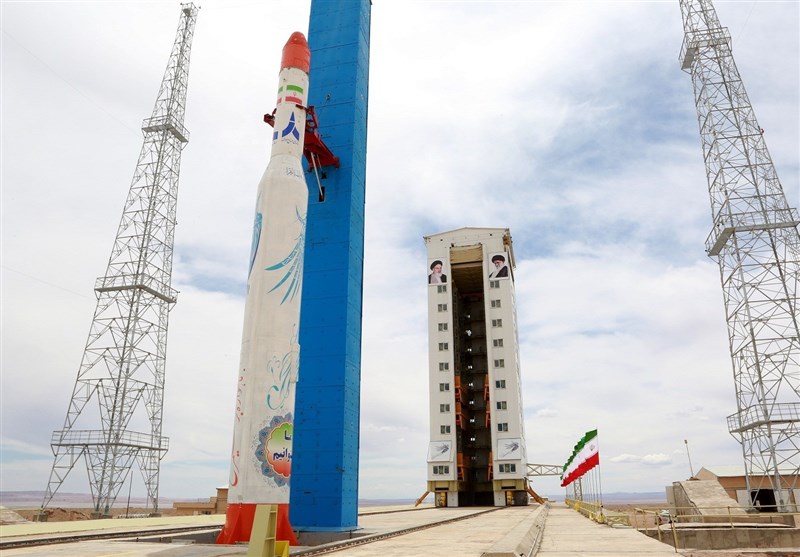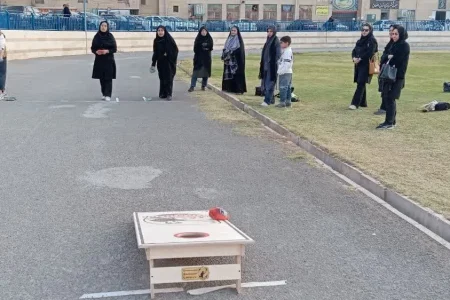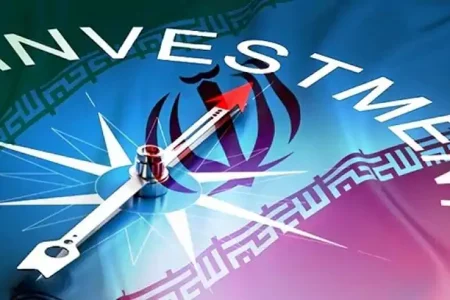Three Iranian satellites to be launched soon
The head of the Iranian Space Agency says three domestically developed satellites are to be launched into space soon.
“As for the three satellites, namely Paya, Zafar and Kowsar, based on the latest situation at the launch station, they will be launched in early winter,” said Hassan Salarieh. He said all three satellites are going through final preparation stages, adding the exact launch date will be announced as soon as it is finalized.
Iran has made major breakthroughs in its space program despite decades of illegal Western-imposed sanctions.
The planned launches of the Kowsar 1.5, Zafar, and Paya satellites mark a major milestone, demonstrating the nation’s growing self-reliance.
These satellites, developed by Iranian engineers associated with various knowledge-based companies in collaboration with the Iranian Space Agency, reflect a strategic push to establish an independent satellite constellation that will support agricultural, environmental, and surveillance needs.
This ambitious program highlights the country’s efforts to deepen strategic space cooperation with international partners, cementing its position as an emerging leader in space technology.
The Kowsar 1.5 satellite is a state-of-the-art, upgraded version of its predecessor, representing a significant step forward in Iran’s space-based remote sensing capabilities.
This modern satellite is designed for high-resolution imaging with a primary focus on precision agriculture. It will provide daily imagery of plant greenery every 24 hours, supporting agricultural monitoring, crop health assessment, and efficient resource management.
The Zafar satellite marks another significant landmark in Iran’s space program. It is an advanced earth-observation satellite designed to provide high-resolution imaging for critical applications in agriculture, environmental monitoring, and disaster management. The project has been developed by the Iran University of Science and Technology (IUST) in partnership with the Iranian Space Agency.
The joint venture exemplifies the close collaboration between Iran’s academic institutions and its governmental space bodies.
The Paya satellite completes this trio of advanced spacecraft, serving as an earth-observation satellite designed for sophisticated imaging and data collection. It will complement the Kowsar and Zafar satellites in agricultural, environmental, and surveillance applications, strengthening Iran’s integrated satellite constellation.





ارسال دیدگاه
مجموع دیدگاهها : 0در انتظار بررسی : 0انتشار یافته : ۰